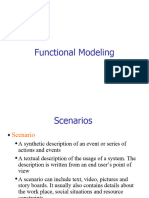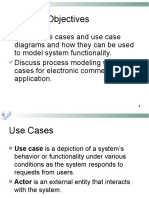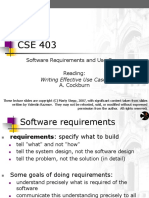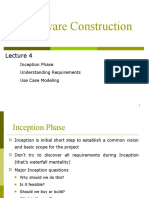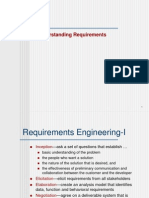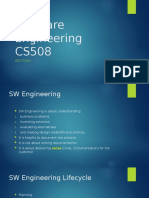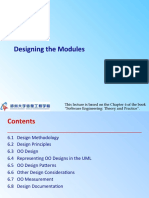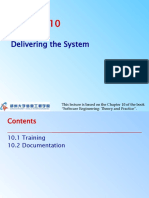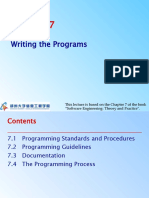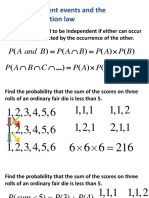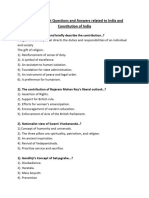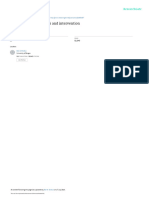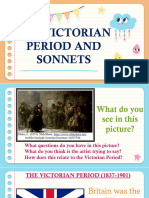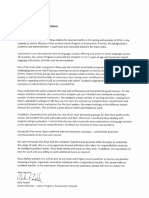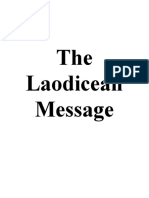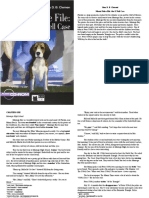0% found this document useful (0 votes)
74 views27 pagesSoftware Requirements Engineering
This document provides an overview of software requirements engineering and requirements elicitation techniques, specifically focusing on use cases and user stories. It defines key terms like use cases, user stories, actors, and flows. It also discusses how to identify and explore use cases, and how use cases relate to functional requirements and tests. Finally, it covers best practices for use case development as well as techniques for prioritizing requirements.
Uploaded by
Habibur Rahman NabilCopyright
© © All Rights Reserved
We take content rights seriously. If you suspect this is your content, claim it here.
Available Formats
Download as PDF, TXT or read online on Scribd
0% found this document useful (0 votes)
74 views27 pagesSoftware Requirements Engineering
This document provides an overview of software requirements engineering and requirements elicitation techniques, specifically focusing on use cases and user stories. It defines key terms like use cases, user stories, actors, and flows. It also discusses how to identify and explore use cases, and how use cases relate to functional requirements and tests. Finally, it covers best practices for use case development as well as techniques for prioritizing requirements.
Uploaded by
Habibur Rahman NabilCopyright
© © All Rights Reserved
We take content rights seriously. If you suspect this is your content, claim it here.
Available Formats
Download as PDF, TXT or read online on Scribd
/ 27




